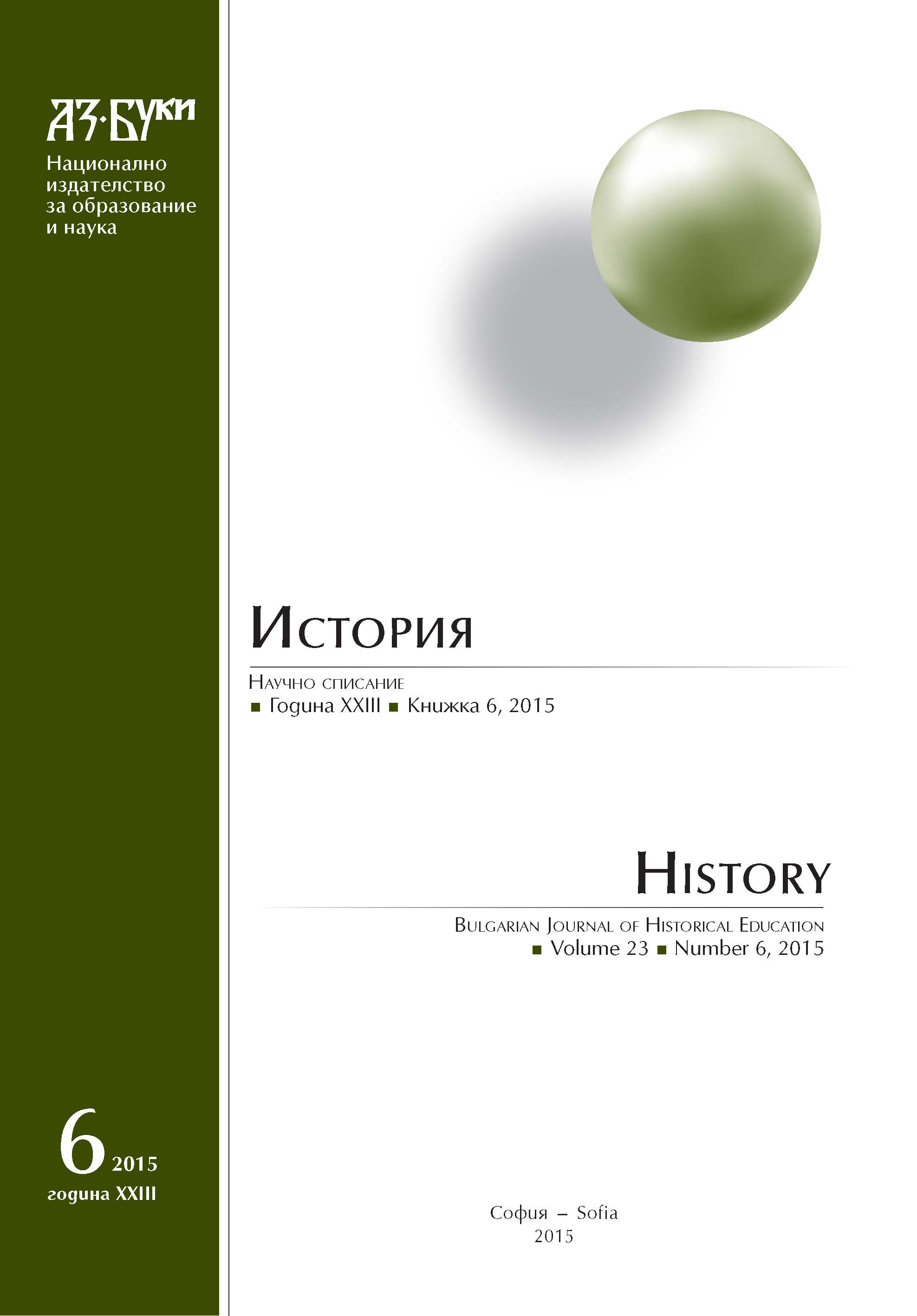Животът и смъртта на неолитната къща
The Life and Death of a Neolithic House
Author(s): Vassil NikolovSubject(s): History, Anthropology, Social Sciences, Archaeology, Education, Cultural history, Economic history, Local History / Microhistory, Social history, Ancient World, Cultural Anthropology / Ethnology, Culture and social structure , School education, Vocational Education, Adult Education, Higher Education , State/Government and Education, Inclusive Education / Inclusion
Published by: Национално издателство за образование и наука „Аз-буки“
Keywords: Neolithic houses, two-level houses; house-burning; pit sanctuaries
Summary/Abstract: During the second half of the early Neolithic (after 5800 B.C.), the construction of two-storey houses in the Eastern and Central Balkans began. It seems that in the early Neolithic both floors of these houses were used as residential, but in the late Neolithic (after 5500/5400 B.C.) only the upper floor had residential function – the bottom was used for commercial or industrial purposes (storage of products or salt production). Some of the Neolithic houses were deliberately burned. The intentionally burned houses were buried in pits according to the principle pars pro toto (“a part for the whole”). It seems that in the early Neolithic, the pit sanctuaries were located in the periphery of the village, and in the late Neolithic, in ritual complexes situated outside the village. The researchers have no reason to separate the dead Neolithic people from their houses. It follows that the “cremated” houses might lead us to their probably cremated inhabitants - one of the possible explanations of the vast amount of “missing” graves in the Balkan Neolithic.
Journal: История
- Issue Year: 23/2015
- Issue No: 6
- Page Range: 581-590
- Page Count: 10
- Language: Bulgarian
- Content File-PDF

